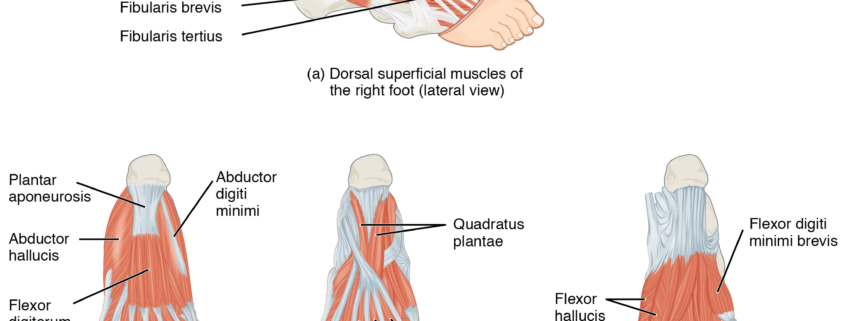Foot Anatomy

Overview
Understanding the anatomy of the foot is essential because it forms the foundation of our body. It supports our weight during standing, walking, and running. Interestingly, the foot consists of 26 bones, 33 joints, and over 100 muscles, ligaments, and tendons. This detailed guide will offer a basic understanding of foot anatomy and its significance in maintaining overall health.
Types
Foot anatomy can be divided into three main sections: the forefoot, the midfoot, and the hindfoot.
Forefoot
This is the front region of the foot, including the toes (also known as phalanges) and the five longer bones (metatarsals).
Midfoot
Midfoot hosts the arches of the feet, made up by five tarsal bones. It provides stability during movement.
Hindfoot
This section includes the heel and ankle. The calcaneus (heel bone) is the largest bone in the foot, and the talus bone supports the leg bones forming the ankle.
Causes
Understanding foot anatomy helps in identifying the root cause of several foot ailments such as bunions, plantar fasciitis, hammertoes, and flat foot. Various factors can lead to these issues, including age, obesity, inappropriate footwear, and certain activities that put excessive pressure on the foot.
Symptoms
Common symptoms associated with foot ailments include:
-
- Pain or stiffness
-
- Swelling or inflammation
-
- Difficulty in walking or standing for long periods
-
- Visible deformities like bunions or hammertoes
Diagnosis
Diagnosis of foot conditions often involves a physical examination and a review of the patient’s medical history. Healthcare professionals may also suggest imaging tests like X-rays or CT scans to get a closer look at the bones and tissues.
Treatment Options
Treatment largely depends on the specific foot ailment and severity. Here are some common treatment options:
-
- Conservative care: This involves using icepacks, rest, and over-the-counter pain relievers to ease discomfort. Physical therapy and orthotics (shoe inserts) can also help.
-
- Surgical procedures: For persistent or severe conditions, surgical intervention may be required which can range from minor corrections to major procedures like joint replacement or fusion.
Living With Foot Anatomy
Understanding and taking care of your feet is an integral part of overall health. Practice good foot hygiene, wear correctly fitting shoes, maintain a healthy weight, and engage in regular foot-friendly exercises. If you suffer from a foot condition, ensure you follow your healthcare professional’s instructions about medication use and lifestyle changes.
When to Seek Help
Some key indicators that you should seek immediate medical help include:
-
- Severe pain or swelling.
-
- Open wounds or signs of infection such as heat, redness or pus.
-
- If your foot or toes change shape or colour.
Understanding our foot’s anatomy is a big step towards maintaining healthy and happy feet. Remember to check on them regularly and get help when needed.
